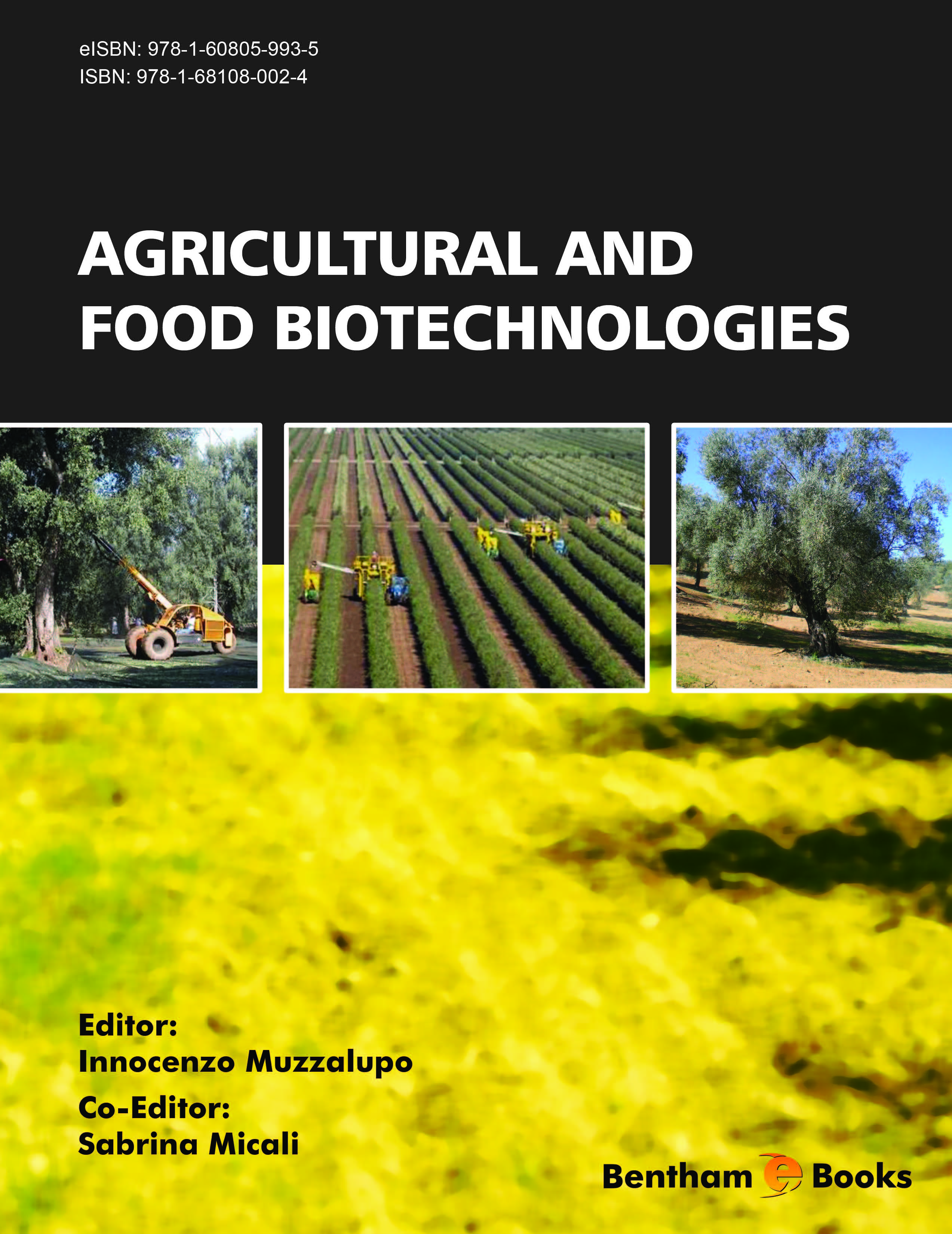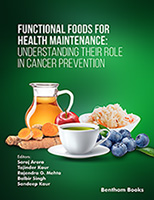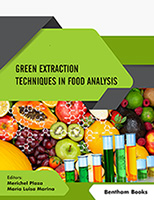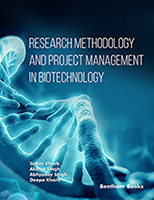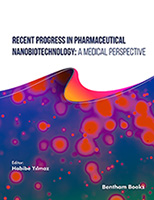This e-book presents an overview of the key aspects involved in the whole agro-industrial chain of olive (Olea europaea L.) and stone fruit crops, with the aim to provide to researchers and, in general, to all interested parties, a valuable tool for operational decision making. It emphasizes biological and practical aspects as well as latest genetic and bio-molecular knowledge and industrial transformation and processing applications. The information reported may be useful for policy and practical decisions to support national and international efforts aimed at the conservation and utilization of the world’s plant resources.
The e-book is divided into the olive and the stone fruits sections and covers the latest aspects related to agronomy, biotechnology, plant nutrition, plant breeding, pomology, postharvest physiology, plant pathology of these two species.
Among cultivated plants, olive (Olea europaea L.) is the sixth most important oil crop in the world, presently spreading from the Mediterranean region of origin to new production areas, due to the beneficial nutritional properties of olive oil and to its high economic value. Over 750 million olive trees are cultivated worldwide, about 95% of them in the Mediterranean region. About 80% of the global olive oil production in 2011–2012 came from the European Union, with 77% of it concentrated in Spain, Italy and Greece. European Union with about 32% is also the world’s leader in the production of table olives. Also in this case the European major producing countries are represented by Spain, Greece and Italy. Italy has about 600 olive cultivars and holds the world’s record for the number of cultivated varieties, representing 25% of the known global olive germplasm.
Peaches, nectarines, plums, apricots, and cherries all belong to the Prunus genus and are often referred to as stone fruits because their seed is very large and hard. The global production in 2011 amounted to 35,555,562 metric tons for an estimated value of about 21 billion US dollars, being peaches and nectarines by far the most important commodities with a global world production of 20,152,690 metric tons and a value of about 11 billion US dollars. The edible part of these species plays an important role in the daily human diet as it contains compounds of high nutritional value, including vitamins that are not synthesized by the human body, sugars, aromas and flavour compounds, and raw material for food-processing industries.
Being perennial tree species, breeding of olive and stone fruits poses special problems compared to herbaceous crop species, mainly due to their long unproductive juvenile period which implies several years for a single breeding cycle and their large size affecting field management and harvesting costs. For these reasons, breeding strategies of these two species must be efficiently designed, with the aim to develop more competitive, sustainable and safe food production systems, where high nutritional and sensorial quality and traceability are ensured through the characterization of varieties, the adoption of new analytical techniques, and an overall improved understanding of ecosystem management, maintenance and enhancement of plant diversity and biological activity of soils. The safeguard and exploitation of genetic diversity being at the basis of any breeding program. In this e-book a section is devoted to the importance of studying the degree and distribution of plant genetic resources diversity, to their characterization and valorization as well as to their exploitation as sources of useful genes for breeding purposes.
We hope and trust that the information in this report will be used as the basis for policy and technical decisions to strengthen national efforts towards the conservation and utilization of the treasures incorporated in the world’s plant genetic resources, in the view of addressing the urgent problems faced by agriculture today and tomorrow.
We would like to express our deepest gratitude to all the authors who contributed to this book by sharing their valuable works with us. Finally, thanks to the publishing house that provided us with great professionalism in the realization of the book.
We would also like to thank Bentham Science Publishers and Salma Sarfaraz for her clerical assistance, advice and encouragement during the development of this eBook.
CONFLICT OF INTEREST
The authors confirm that this chapter contents have no conflict of interest.
Innocenzo Muzzalupo
Agricultural Research Council
Olive Growing and Olive Oil Industry Research Centre (CRA-OLI)
C.da Li Rocchi
87036 Rende (CS)
Italy
&
Sabrina Micali
Agricultural Research Council
Fruit tree research centre (CRA-FRU)
00134 Rome
Italy

